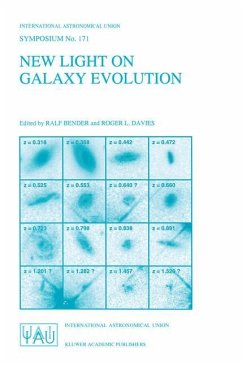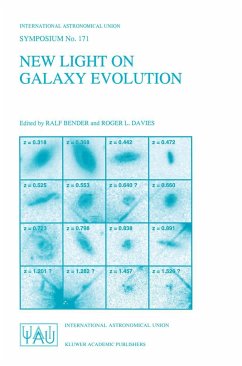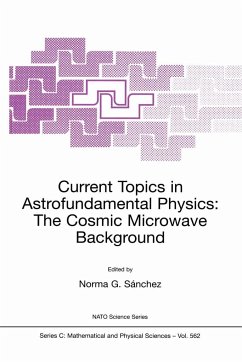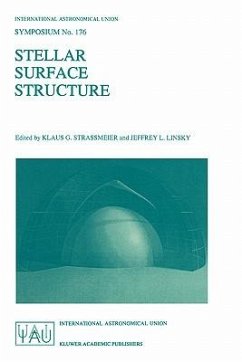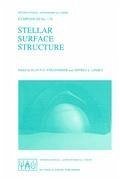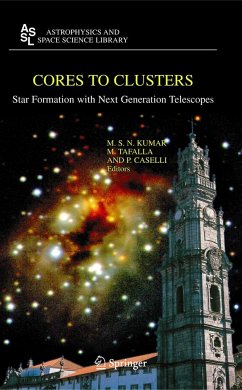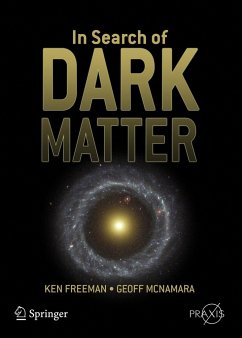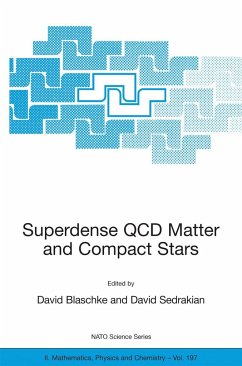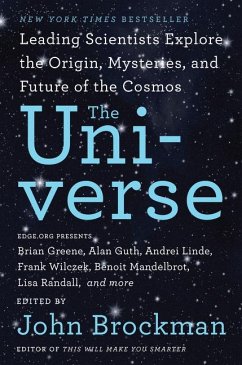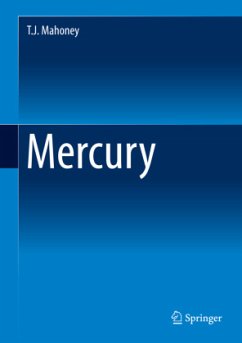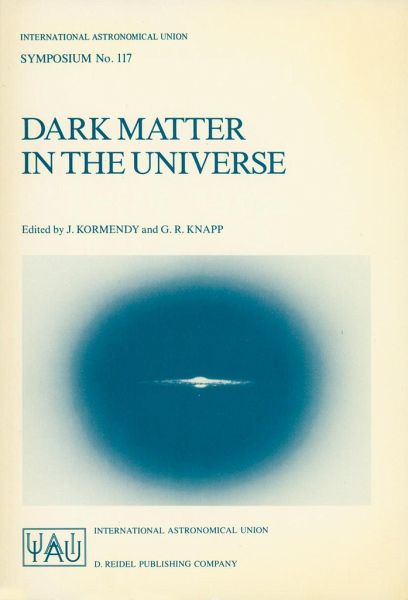
Dark Matter in the Universe
Proceedings of the 117th Symposium of the International Astronomical Union Held in Princeton, New Jersey, U.S.A, June 24-28, 1985
Herausgegeben: Kormendy, J.; Knapp, G. R.
Versandkostenfrei!
Versandfertig in über 4 Wochen
93,99 €
inkl. MwSt.

PAYBACK Punkte
47 °P sammeln!
This is the first time that the International Astronomical Union has held a symposium on objects of totally unknown nature. In fact. M. Rees has pointed out that the mass of the individual particles that make up the dark matter is unknown to 70 orders of magnitude. Since dark matter appears to make up ~ 90 % of the mass of the Universe. it presents us with one of the most fundamental problems in astrophysics. IAU Symposium 117 on Dark Matter in the Universe was held on June 24 - 28. 1985. Our hosts were Princeton University and the Institute for Advanced Study. which together form one of the m...
This is the first time that the International Astronomical Union has held a symposium on objects of totally unknown nature. In fact. M. Rees has pointed out that the mass of the individual particles that make up the dark matter is unknown to 70 orders of magnitude. Since dark matter appears to make up ~ 90 % of the mass of the Universe. it presents us with one of the most fundamental problems in astrophysics. IAU Symposium 117 on Dark Matter in the Universe was held on June 24 - 28. 1985. Our hosts were Princeton University and the Institute for Advanced Study. which together form one of the most active centers of work on the dark matter problem. There were ~ 190 participants from 16 countries. These proceedings include the 31 review and invited papers. 72 of the 85 poster papers. and the two general discussions. The idea that the Universe might contain much more mass than we see in gas. stars and their remnants has been with us for over 50 years. In 1933. F. Zwicky pointed out that the Coma Cluster could be in equilibrium at the large observed velocity dispersion only if a great deal of unseen matter were present. However. in the absence of other evidence. the idea of "dark matter" was not widely pursued.



